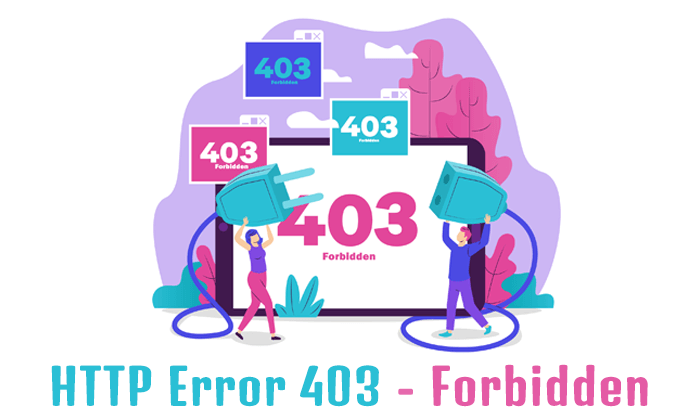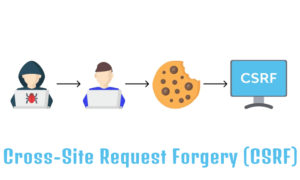HTTP Error 403 – Forbidden, also known as Error 403, is a response code that occurs when a user tries to access a web page or resource but is denied permission. This error message is often encountered when browsing the internet, and it serves as a means for websites to control access to specific content.
The Nature of HTTP Error 403 – Forbidden
When you encounter an HTTP Error 403 – Forbidden, it means that the server you are trying to access has determined that you do not have the necessary permissions to view the requested content. This can occur due to various reasons, such as authentication failure, access restrictions, or the website’s configuration settings.
Common Causes and Implications of Error 403
Insufficient Permissions
One of the primary reasons for encountering Error 403 is when a user tries to access a resource without the appropriate authorization. This can happen when accessing restricted directories, sensitive files, or private areas of a website. The error serves as a safeguard, preventing unauthorized users from accessing sensitive information.
Access Restrictions
Websites often impose access restrictions to safeguard their content or limit access to specific user groups. Error 403 is displayed to users who fall outside the designated criteria. For example, a website might restrict access to premium content for non-subscribers, resulting in a 403 error for unauthorized users.
How to Resolve HTTP Error 403 – Forbidden
Check the URL and Retry
The first step in resolving Error 403 is to ensure that you have entered the correct URL. Sometimes, a simple typo or an outdated link can lead to the error. If the URL is correct, try refreshing the page or clearing your browser cache before retrying.
Contact Website Administrator
If you consistently encounter Error 403 on a particular website, it is best to contact the website administrator or support team. They can provide insights into the access restrictions and assist you in resolving the issue or granting appropriate permissions.
Verify Credentials
If the website requires authentication, ensure that you have entered the correct username and password. Double-check the credentials to rule out any typographical errors or expired login details that may be triggering the error.
Dealing with This Error
Encountering HTTP Error 403 – Forbidden can be frustrating, but it serves an essential purpose in protecting sensitive information and controlling access to web content. By understanding the nature of this error and following the steps outlined above, you can resolve the issue and gain access to the desired resources. Remember to respect website access restrictions and always seek appropriate permissions when required.
So, the next time you stumble upon an Error 403 page, you will have a better understanding of what it means and how to proceed. Stay informed, stay persistent, and ensure a seamless browsing experience.




